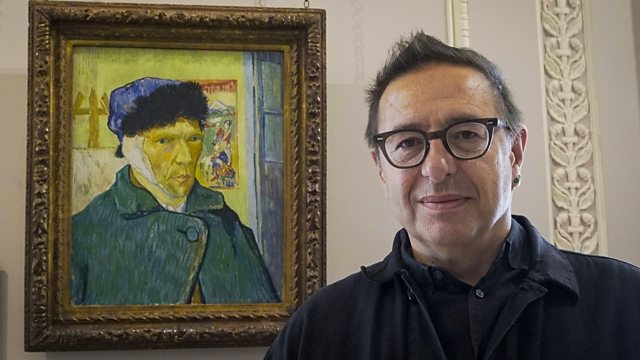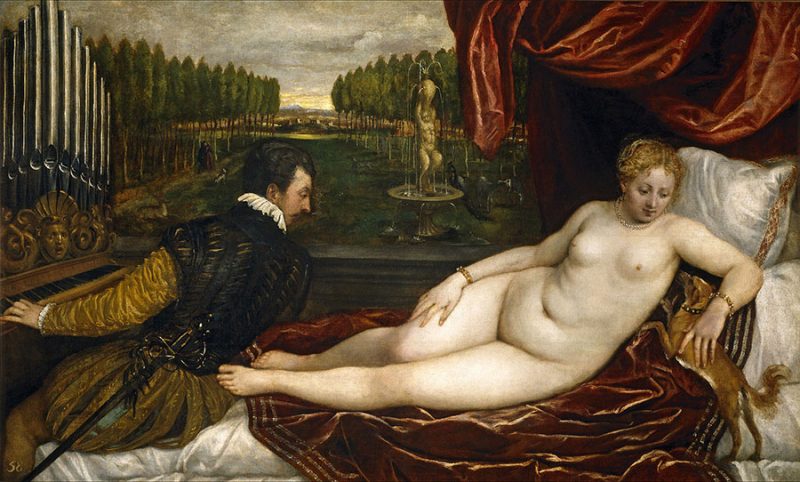The Art Mysteries episode 1: Painted soon after he cut off his ear with a razor, Van Gogh’s Self-Portrait with Bandaged Ear is one of his most celebrated works. But how much do we really know about it?
In a far-ranging investigation, Waldemar Januszczak delves into the clues hidden in the painting. The result is a tale of geishas, brothels, bullfights, love affairs, suffering and a fiery relationship with Gauguin. Self-Portrait with Bandaged Ear has a powerful secret message, if you know what to look for.
The Art Mysteries episode 1
Vincent Willem van Gogh was a Dutch Post-Impressionist painter who posthumously became one of the most famous and influential figures in Western art history. In a decade, he created about 2,100 artworks, including around 860 oil paintings, most of which date from the last two years of his life. They include landscapes, still lifes, portraits and self-portraits, and are characterised by bold colours and dramatic, impulsive and expressive brushwork that contributed to the foundations of modern art. Not commercially successful, he struggled with severe depression and poverty, eventually leading to his suicide at age thirty-seven.
Born into an upper-middle-class family, Van Gogh drew as a child and was serious, quiet, and thoughtful. As a young man, he worked as an art dealer, often traveling, but became depressed after he was transferred to London. He turned to religion and spent time as a Protestant missionary in southern Belgium. He drifted in ill health and solitude before taking up painting in 1881, having moved back home with his parents. His younger brother Theo supported him financially; the two kept a long correspondence by letter.
His early works, mostly still lifes and depictions of peasant labourers, contain few signs of the vivid colour that distinguished his later work. In 1886, he moved to Paris, where he met members of the avant-garde, including Émile Bernard and Paul Gauguin, who were reacting against the Impressionist sensibility. As his work developed he created a new approach to still lifes and local landscapes. His paintings grew brighter as he developed a style that became fully realised during his stay in Arles in the South of France in 1888. During this period he broadened his subject matter to include series of olive trees, wheat fields and sunflowers.
Self-Portrait with Bandaged Ear
In this self-portrait, Van Gogh is shown wearing a blue cap with black fur and a green overcoat, with a bandage covering his ear and extending under his chin. He is in a traditional three-quarter view, and his forward gaze falls slightly to the right, out of the frame. Behind him is an open window, assumedly letting in a winter breeze, a canvas on an easel, with a few indistinguishable marks, as well as a Japanese woodblock print. This woodblock print has been identified as a Geishas in a Landscape published by Sato Tokyo in the 1870s. This shows an important influence of Japonism and wood block print on Van Gogh’s work, which also appear in the background of other portraits he had created.
The painting is composed of impasto strokes, mostly in a vertical pattern. This creates a texture, which comes up off the canvas and adds dimension to the flat surface. The skin tone is muted with green and yellowish tones. The bandage covering Van Gogh’s ear in this painting alludes to his most famous conflict. Van Gogh used a mirror for his self-portraits which is why some mistakenly think that he lost part of his right ear instead of his left.




